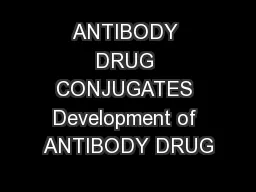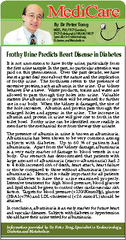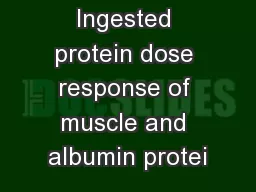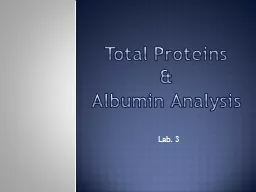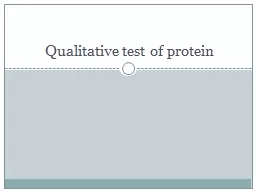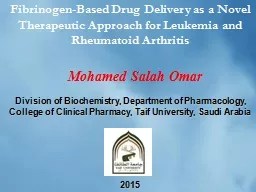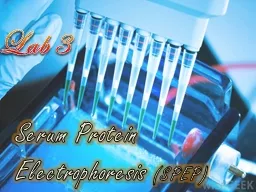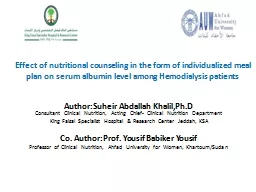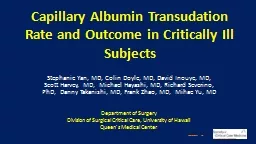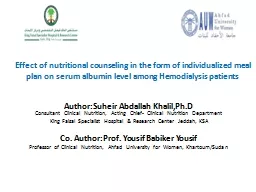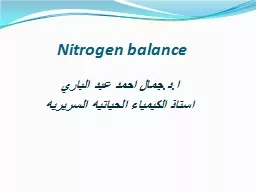PPT-DRUG CONJUGATES BIND COVALENTLY TO ALBUMIN: A NEW APPROACH
Author : stefany-barnette | Published Date : 2015-11-26
Sant Chawla MD Director Sarcoma Oncology Center Santa Monica California Financial Disclosures Advisor Research Support and Travel Grant CytRx Threshold Pharmaceuticals
Presentation Embed Code
Download Presentation
Download Presentation The PPT/PDF document "DRUG CONJUGATES BIND COVALENTLY TO ALBUM..." is the property of its rightful owner. Permission is granted to download and print the materials on this website for personal, non-commercial use only, and to display it on your personal computer provided you do not modify the materials and that you retain all copyright notices contained in the materials. By downloading content from our website, you accept the terms of this agreement.
DRUG CONJUGATES BIND COVALENTLY TO ALBUMIN: A NEW APPROACH: Transcript
Download Rules Of Document
"DRUG CONJUGATES BIND COVALENTLY TO ALBUMIN: A NEW APPROACH"The content belongs to its owner. You may download and print it for personal use, without modification, and keep all copyright notices. By downloading, you agree to these terms.
Related Documents


